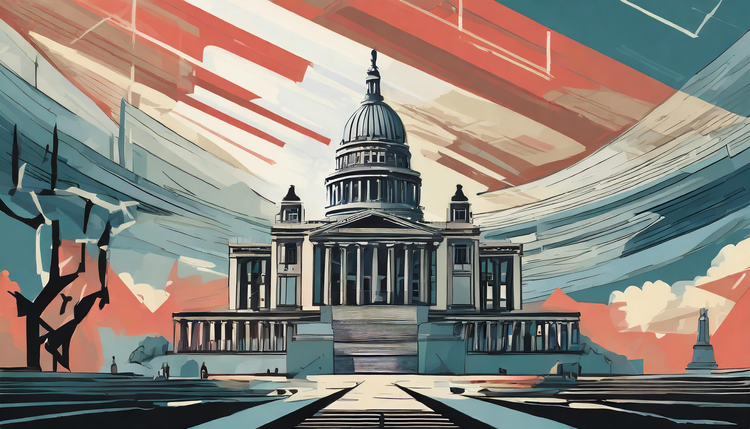Lost Einsteins and Liberating Talent
To solve our world’s most demanding problems, we need to liberate talent on a global scale. Unfortunately, we are doing the exact opposite.
When it comes to innovation, Americans are cannibalizing their future — preventing the type of innovation that will benefit all of us. This report focuses on America, but it’s not only an American problem. The solution will be one of the most critical of our time.
We can learn a lot from Lost Einsteins: The Innovations We’re Missing.
The project’s latest paper, out Sunday, looks at who becomes an inventor — and who doesn’t. The results are disturbing. They have left me stewing over how many breakthrough innovations we have missed because of extreme inequality. The findings also make me even more frustrated by new tax legislation that will worsen inequality. This Congress is solving economic problems that don’t exist and aggravating those that do.
In short, a child’s ability to invent correlates with their parents’ income rather than their own technical or mathematical skill.
As this report details, you can directly connect a third grader’s math scores, their parents’ income, and their future innovation-based earning potential (highly- cited patent inventors earn more than $1 million per year on average.).
That’s unacceptable.
As a result, we eulogize places like Silicon Valley — the idea as much as the location — in near-religious terms. This narrative — if you just reach Silicon Valley, you too can be innovative — is counter-productive.
We can do better. By harnessing and organizing best practices and expertise, we can elevate talent wherever it is: India, Kenya, Chile, and a million other locations.
Until we find a way to open up pathways to innovation, we will never identify, nurture, and elevate the Lost Einsteins. The world will suffer as a result.
For more:





